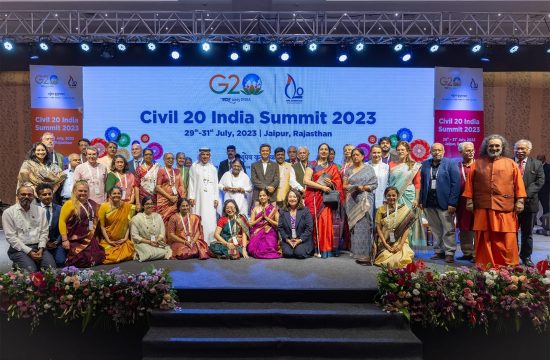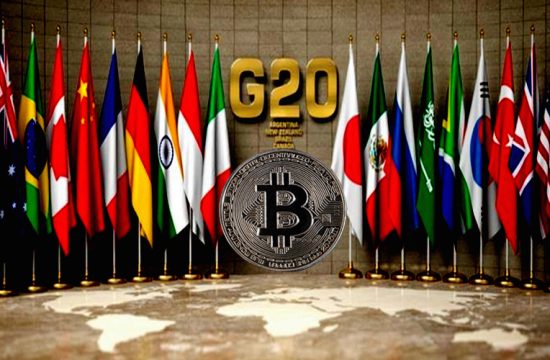On 17th September 2022, Prime minister Narendra Modi launched the National Logistic Policy [NLP] for India. While launching the policy, the Prime minister said “…from 14% logistic cost, we should all aim to bring it to single digit as soon as possible…” If we are to become globally competitive, this is a low-hanging fruit. This is indeed an important remark. NPL is considered to be an important step in making our nation more competitive in the international logistics market. Presently, India spends around 14% of its GDP on logistics, which is high compared to other nations like Singapore which spends 7.4 %. So through this policy, the government is intending to reduce this cost in the next 10 years.
Creating a new policy is definitely the right way to start, but there are multiple challenges that the government and the parties involved have to overcome so that the policy can be successfully implemented. The intention of the government through this new policy is to create a world-class logistics infrastructure that can support mechanization and modernization. The way in which the government is hoping to achieve this goal is by creating an Integrated Digital System for logistic services which will host a Unified Logistics Interface Platform (ULIP). If this platform becomes successful like the UPI system, we can expect the Indian economy to grow much faster than expected.
A new policy doesn’t mean every challenge is solved. In fact, there are more hurdles in the way of the government which is related to logistics. If not dealt with properly, the policy could become a huge headache for the government, in my opinion.

Infrastructure
Currently, 71% of the goods transported in India are through roadways. This is primarily done by utilizing 10-tonne trucks. We can expect trucks to lead the way in the next 10 to 20 years in the transport sector. In order to make the NLP successful in the future, we need these trucks to transport goods with ease. And perhaps introducing larger 20 or 30-tonne trailers to make transport efficient might be the way to go. Unfortunately at this moment, we don’t have the kind of road infrastructure that can handle this equipment. It is important that the government invest more in improving infrastructure.
Hub to Spoke model
After reading the policy, one thing is clear. The government intends to make the logistics sector as tech-assisted as possible. It intends to make a digital infrastructure that can support all the logistics movements that take place in India. It is also in the interest of the government that the point-to-point model that is now followed in India has to give way to a hub-to-spoke model where multiple cities will be considered logistics hubs. Hub to spoke model is a much more efficient way to deal with logistics but it demands a complex and well-oiled digital infrastructure. Advanced algorithms have to be developed to compose and operate nationwide logistics operations. Logistics operators have to be a lot more efficient so they do not disrupt the entire logistic web. An effective server has to be established so that data about truckers, warehouses, etc are stored and processed. From all the data collected a person should be able to get all the information, he or she wants on a mobile phone so that they can send their package and make sure it arrives at the destination without any problems. And they should be able to track all this 24*7. The customer service that comes with this department is also a big uncertainty.
Digital connectivity
We cannot expect graduates to drive trucks after the policy has been announced. Trucks will be driven by most probably uneducated rural men who take this job as a means to support the basic necessities of their families. If the government wants this policy to be successful, it is imperative that these truckers are connected to the framework, 24*7. This means good internet connectivity, otherwise, it would be difficult to get the best result from the infrastructure constructed. I believe this change can only be possible through proper education and training of normal truck drivers.
There are more challenges that the authorities face in relation to this policy. However, I don’t intend to discuss all of those in this article. I hope the government will take the necessary action to make sure that in the next 15 years, India will become internationally competitive and utilizes its full potential in the logistics sector.
Opinions are personal.
References:
- https://m.economictimes.com/small-biz/sme-sector/national-logistics-policy-indias-new-policy-framework-to-be-globally-competitive/articleshow/94292753.cms
- National logistics policy debate, sansad tv 17 September 2022
– Rohith Krishnan, Batch 2024











